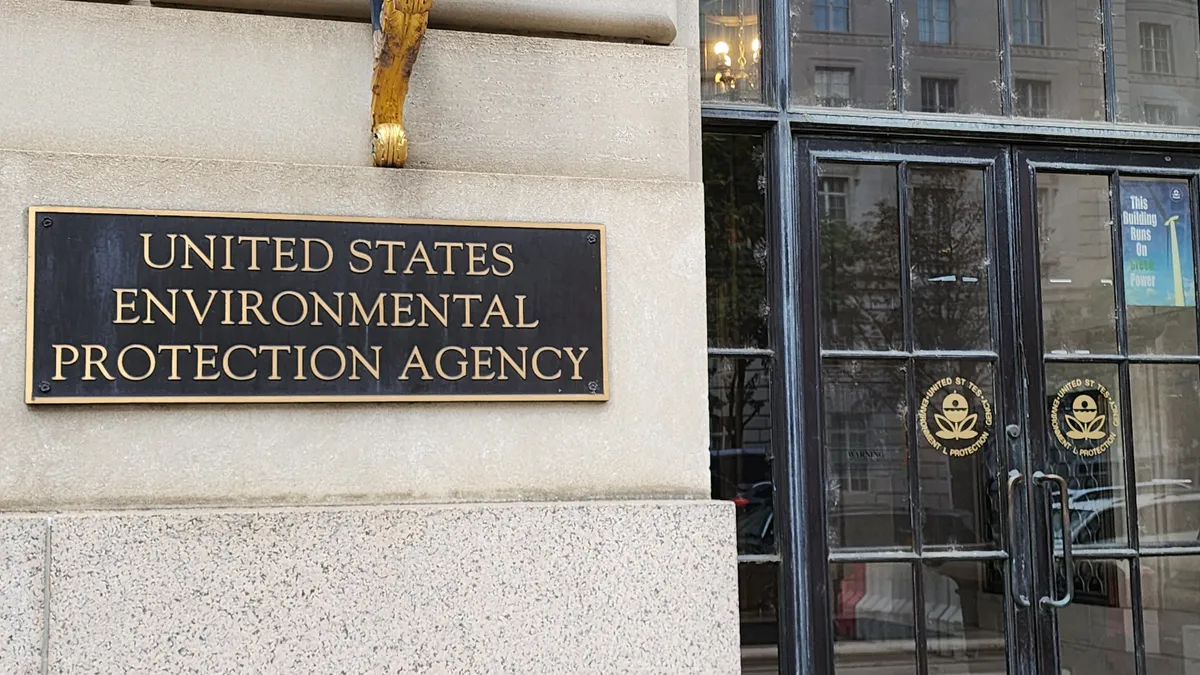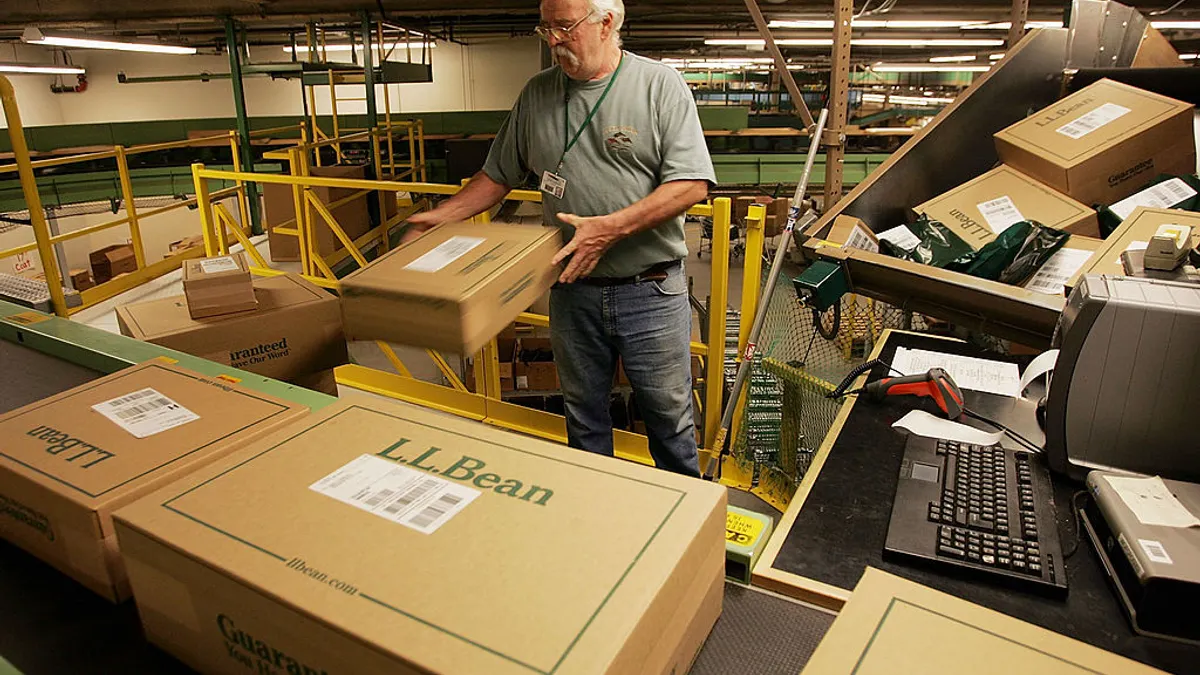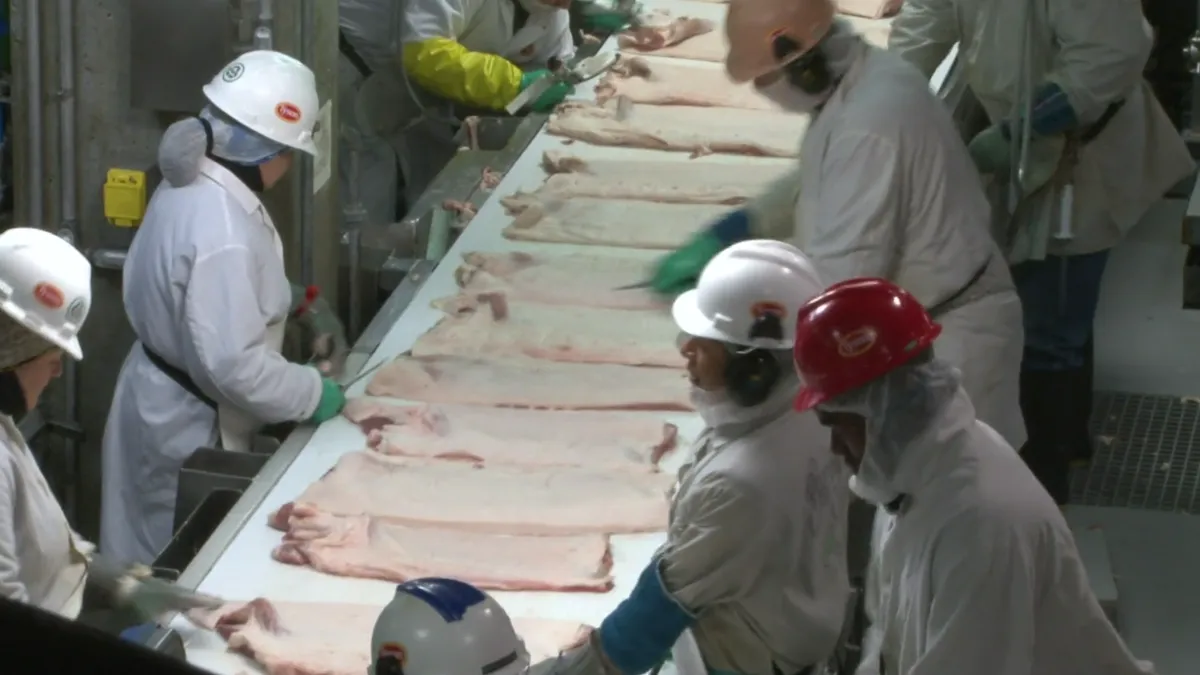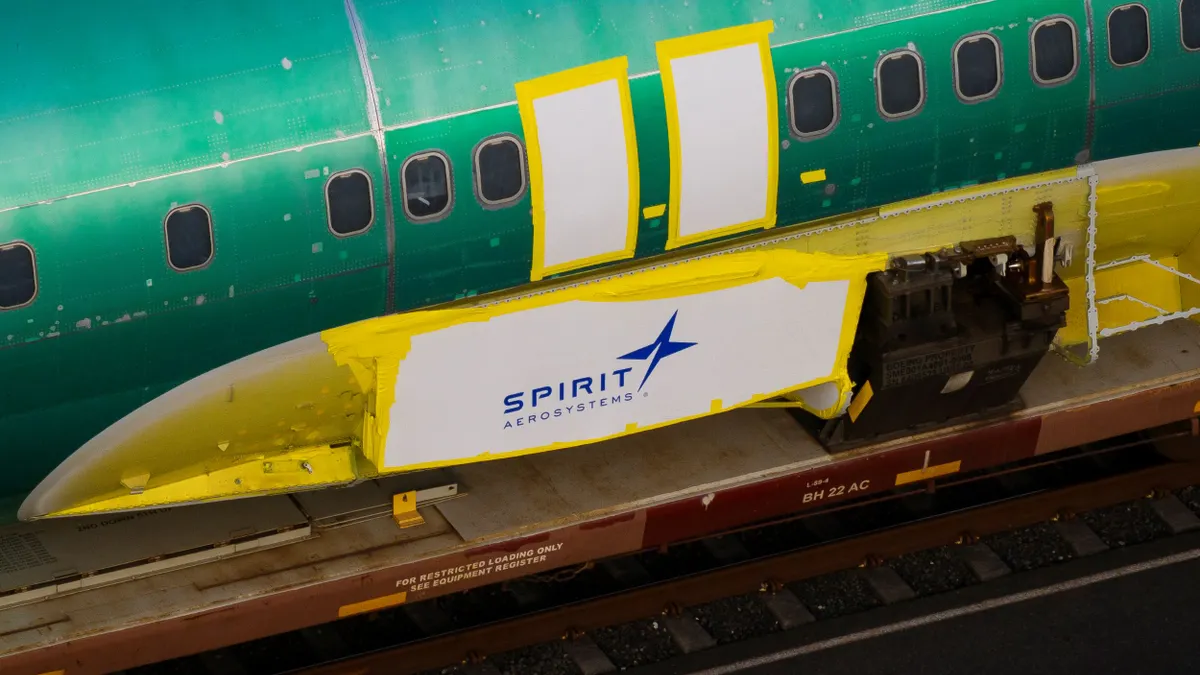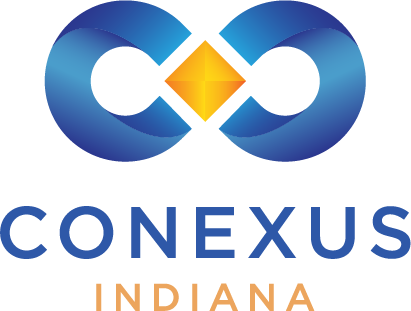Manufacturers that produce, use or import PFAS for commercial purposes are now required to submit more information to the Environmental Protection Agency.
The EPA enacted a final rule in November requiring companies that have had PFAS in their supply chains at any time since Jan. 1, 2011, to submit information that helps the federal agency research, monitor and regulate the toxic substances.
“The data we’ll receive from this rule will be a game-changer in advancing our ability to understand and effectively protect people from PFAS,” Assistant Administrator for the Office of Chemical Safety and Pollution Prevention Michal Freedhoff said in a September statement.
The rule is updated under the Toxic Substances Control Act, a law that authorizes the EPA to regulate chemical substances in waste and commerce. The newly required information must be submitted by May 8, 2025, but small businesses will receive an additional six months to comply.
“That’s really not very far away,” said Cally Edgren, sustainability director at consulting firm Assent. “If you haven’t gotten started, you probably want to get started.”
The rule brings new information — and cost
When the EPA initially proposed the economic impact of the reporting rule in 2021, the federal agency estimated it would cost the private sector over 129,000 hours, or $10.8 million, to gather the information needed for compliance.
The final rule estimated that it will actually cost the industry 11.6 million hours, or approximately $800 million, to gather the information needed for compliance.
Yet some manufacturing stakeholders say the agency may still be underestimating the full cost and effort of compliance.
Amy Wachs, a partner at law firm Husch Blackwell in St. Louis, said in November, "everyone is saying the same thing: ‘You can't make people do this. This information is not available. No one's going to be able to do this,’ and ‘It's going to cost a lot of money to deal with PFAS and report on it the way they say."
Despite manufacturers’ concerns over the rule, it was enacted and the deadline is now less than 18 months away.
“You’re going to have to figure out the time and the people that are going to have to be involved in trying to deal with this new reporting law,” Wachs said during a panel at the Society of Chemical Manufacturers and Affiliates summit last month.
Manufacturers must submit the chemical’s scientific and commercial name, identification number, molecular structure, import production volume, industrial processing and usage, consumer and commercial use, worker exposure data and test methods used to detect PFAS.
“There’s a lot of digging into specific information about that chemical, its exposure and its environmental effects, and how the waste is disposed of,” Wachs said.
Wachs added that manufacturers need to exercise their due diligence when it comes to gathering information to submit the PFAS report.
“Maybe you figure out the structure, and you really understand it. Maybe you get all the stuff that you've imported, and you say, ’Well, we don't have anything like that.’ Well, that's not good enough,” Wachs said.
She added that manufacturers will have to get everyone in the company involved.
“You got to talk to all your R&D folks, you got to talk to all your importers,” Wachs said. “You might have to get inquiries outside the organization.”
Manufacturers may also need to reach out to suppliers to discern whether or not their components contain PFAS. If a supplier pushes back that such information is proprietary, the EPA put together a procedure in which a manufacturer can report and submit a request to the supplier for them to give the information to the federal agency.
Imports are not exempted
A key difference between the EPA's PFAS reporting rule under TSCA regulations is the lack of exceptions.
TSCA allowed companies to file for small exceptions and exemptions for certain articles, byproducts, low production volume, R&D and test marketing when it came to toxic substances, Wachs added.
“No exceptions under this [PFAS reporting] rule,” Wachs said. “It doesn’t matter if it’s a byproduct impurity, if it’s an isolated intermediate nobody ever sees, it doesn’t matter at all. None of those exceptions apply.”
The rule also does not exempt importers. Any importer of record is obligated to report the use of PFAS, whether it is a manufacturer or a supplier.
“As we’ve seen before unfortunately, the agency’s analysis underestimates the costs associated with implementing policy," the American Chemistry Council said in an emailed statement, citing the difficulty of determining whether low levels of reportable PFAS may be present in materials that are purchased, as well as the lack of an exemption for suppliers that produce low volumes of PFAS.
“So that means if you imported a chair with a stain-resistant coating on it, and you’ve done that, at least once since January 1, 2011, you’re going to have to report it,” Wachs said. “And it may not be something you even think about because it’s paint. It’s not part of your raw material. It’s not your normal stuff, so there just are no exceptions.”
Assent’s Edgren said she advises manufacturers not to put too much weight on the EPA’s importer nuances.
“I would say that if you are only worried about TSCA PFAS reporting because the states do not care whether you’re importing it or making it domestically, you will still have to report that,” Edgren said. “I just want to make sure manufacturers don’t get caught in some trap of thinking that they only have to worry about the imported stuff.”



